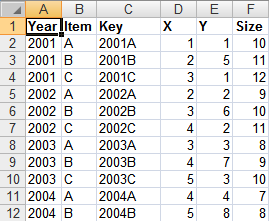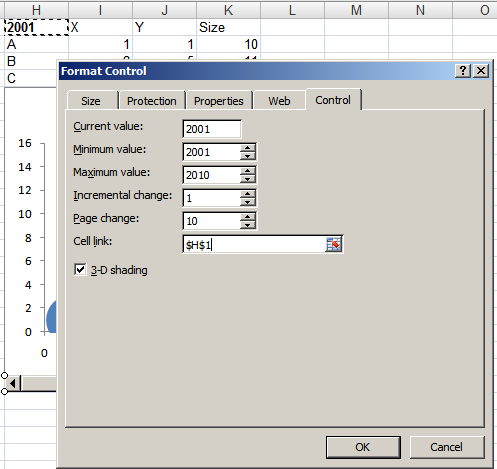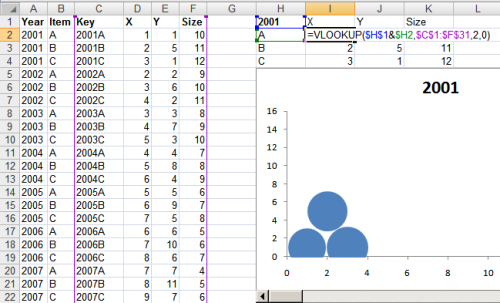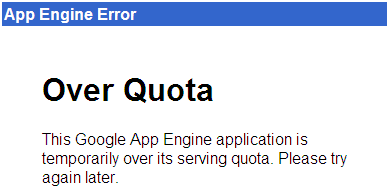Dilbert search engine
Wouldn’t it be cool to be able to search through the Dilbert archives using text?
This used to be possible at Dilbert.com some years ago, as a paid service. In late 2003, I needed to find some Dilbert strips for a client, so I’d subscribed for a year. I could then search for the quotes (I happened to be looking for "outsourcing", so you can guess the context).
But I can’t seem to find the feature any more, even as a paid service. The site looks a lot better, of course. But I can’t find strips.
Well, why not type them out? After all, I’d done that with Calvin and Hobbes.
This would be a much larger exercise, though. And I’m hoping to take your help. I’ve set up a site at dilbert-search.appspot.com. You can type in a comic randomly, starting from 2000. These will be made searchable on my Dilbert page. You can export the data and use it yourself, of course.
When typing in Calvin and Hobbes, I did have a few volunteers willing to pitch in, but collaboration tools weren’t easy to set up, and I ended up typing the whole thing myself. This time, I’d be delighted if even 10 people typed in just a strip each.
So, here’s my request, to all you Dilbert fans.
- Please go to dilbert-search.appspot.com
- Log in using your Google account and type in as many strips as you like
- Bookmark it for the future, whenever you’re bored
As I said, the data is readily exportable from the page, so if you’re looking to do cool mash-ups with it, great! And if you want the data exported in other formats, please let me know.
Incidentally, I created the site using Google AppEngine. The source code is at dilbert-search.googlecode.com.





